Picture a luxury hotel in Dubai Marina investing heavily in social ads, yet bookings remain stagnant. Where’s the disconnect? Often, the answer lies in untapped data. In a city where innovation meets ambition, web analytics isn’t optional—it’s the backbone of survival. Let’s dive into how Dubai’s brands turn clicks into actionable strategies.
Understanding Dubai’s Digital Pulse Through Analytics
Dubai’s market thrives on diversity. Tourists, expats, and locals interact differently online. Tools like Google Analytics 4 or Adobe Analytics reveal nuances: for example, a Dubai Mall retailer discovered 65% of their UAE customers browsed after 10 PM, while international shoppers peaked at midday. Adjusting ad schedules accordingly boosted sales by 18%.
Language preferences also vary. While Arabic dominates local traffic, English captures 70% of expat and tourist interactions. A Dubai-based travel agency used behavior flow reports to create bilingual landing pages, reducing bounce rates by 33%. The www.too.ae editorial team highlights aligning content with Dubai’s multicultural audience as a game-changer.
From Sand to Sky: Advanced Metrics for Dubai’s High-Stakes Market
In a city where luxury and competition collide, superficial metrics won’t cut it. Track engagement depth—like how users interact with virtual tours on real estate sites. A Palm Jumeirah developer found visitors who watched 90% of their 3D property tours were 5x more likely to inquire. They prioritized video analytics, slashing lead costs by 40%.
Attribution modeling is equally critical. A Dubai hotel chain using data-driven attribution learned that Instagram Stories influenced 30% of direct bookings, despite guests finally converting via email. This shifted their budget from generic Google Ads to hyper-targeted social campaigns.
Dubai-Specific Challenges: Culture, Compliance, and Speed
Dubai’s rapid digital adoption comes with unique hurdles. For instance, the Dubai Data Law mandates strict data sovereignty, requiring analytics tools to store data locally. Brands using cloud-based platforms like Microsoft Clarity now opt for UAE-hosted servers to avoid compliance risks.
Cultural timing is another layer. During Ramadan, website traffic spikes post-Iftar, but transaction rates dip until midnight. A Dubai e-commerce brand adjusted its flash sale timing to 1 AM, resulting in a 50% surge in purchases. The www.too.ae team notes that respecting cultural rhythms separates thriving brands from struggling ones.
Local Platforms, Global Strategies: Navigating Dubai’s Ecosystem
While global platforms matter, local giants like Noon or Careem dominate certain sectors. A Dubai beauty retailer analyzing referral traffic noticed 40% of sales came from Noon’s app, not their website. They shifted focus to optimizing Noon’s product listings, doubling their conversion rate.
Event-driven analytics also shine here. Dubai Shopping Festival or Expo 2020 legacy campaigns create traffic surges. A car rental company tracked geo-targeted ads during DSF, discovering that tourists from India and Saudi Arabia accounted for 60% of bookings. They reallocated budgets to these markets pre-festival, boosting ROI by 22%.
AI and Hyper-Personalization: Dubai’s Next Frontier
Dubai’s push toward AI governance (via the Dubai AI Ethics Board) makes predictive analytics a strategic priority. A Dubai hospitality group used machine learning to forecast peak booking periods, dynamically adjusting room rates. This led to an 18% revenue lift during off-peak seasons.
Chatbots are another goldmine. A Dubai bank’s AI assistant analyzed frequently asked questions, revealing that 45% of users sought instant loan approvals. They streamlined their online application process, cutting approval times from 48 hours to 15 minutes—a win highlighted by the www.too.ae editorial team.
Avoiding Desert Mirages: Common Dubai Analytics Mistakes
One pitfall? Overlooking mobile optimization. With 92% of Dubai’s residents using smartphones, a slow-loading mobile site can sink conversions. A Downtown Dubai café redesigned their mobile menu after analytics showed a 7-second load time caused 80% of bounce-offs. Post-optimization, takeaway orders rose by 55%.
Another misstep: ignoring cross-device journeys. A luxury fashion brand found that 60% of customers researched on mobile but purchased via desktop. By retargeting mobile browsers with desktop-optimized ads, they increased sales by 27%.
Building a Data-Driven Culture in Dubai’s Fast Lane
Dubai’s pace demands agility. Encourage teams to attend workshops like the Dubai Data Academy or Google Analytics certifications. A DIFC-based fintech firm holds weekly “data huddles” to review real-time dashboards, fostering quick decision-making.
Lastly, iterate or stagnate. With Dubai’s market evolving daily, revisit strategies quarterly. Test emerging tools like heatmaps for Arabic-language sites or voice search analytics—critical as smart speakers gain traction in UAE households.
The www.too.ae editorial team sums it up: In Dubai, data isn’t just numbers—it’s the language of growth. By weaving analytics into every strategy, businesses don’t just survive the desert heat; they thrive under it.
